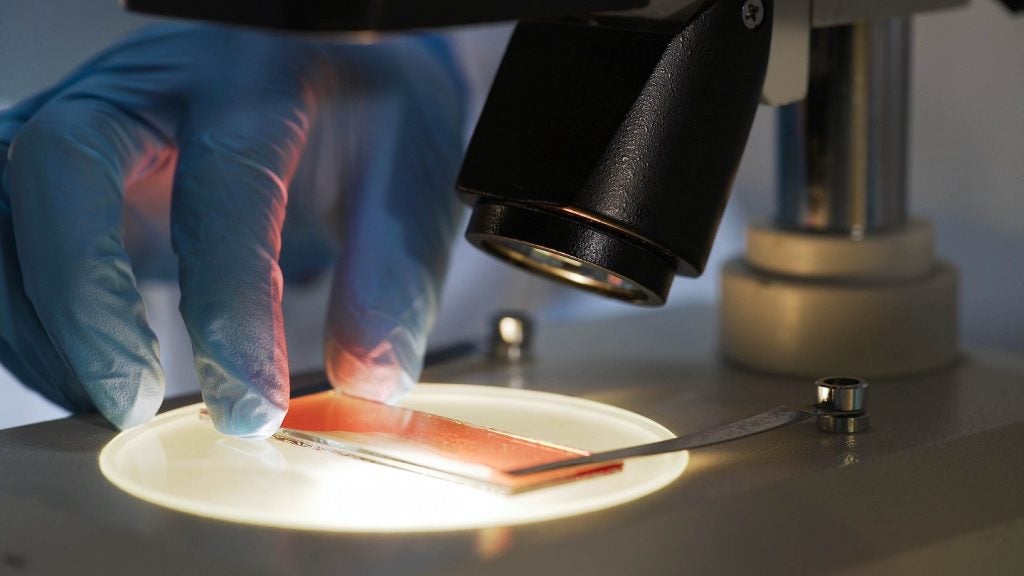CRISPR Therapeutics has filed a patent for materials and methods to produce genome-edited cells expressing a chimeric antigen receptor (CAR) construct on the cell surface. The patent also covers genome editing to modulate the expression, function, or activity of immuno-oncology related genes, as well as using the genome-edited cells for treating patients. GlobalData’s report on CRISPR Therapeutics gives a 360-degree view of the company including its patenting strategy. Buy the report here.
According to GlobalData’s company profile on CRISPR Therapeutics, CRISPR genome editing was a key innovation area identified from patents. CRISPR Therapeutics's grant share as of September 2023 was 12%. Grant share is based on the ratio of number of grants to total number of patents.
Genome editing for car expression and immuno-oncology gene modulation
See Also:
A recently filed patent (Publication Number: US20230302053A1) describes a method for detecting the integration of a nucleic acid encoding a chimeric antigen receptor (CAR) into a TRAC locus. The method involves preparing a polymerase chain reaction (PCR) mixture with genomic DNAs obtained from T cells that have been introduced with the CAR-encoding nucleic acid. The PCR mixture also includes a DNA polymerase, a forward primer, and a reverse primer. The forward primer has the nucleotide sequence AGAAGGATAAGATGGCGGAGG, and the reverse primer has the nucleotide sequence GCTTTCTGGCGTCCTTAGAA.
The method then proceeds with performing a PCR reaction in the mixture and detecting the generation of PCR products. The presence of PCR products indicates the integration of the CAR-encoding nucleic acid into the TRAC locus. In one embodiment, the detection of PCR products is performed using a probe with the nucleotide sequence TCTACCCTCTCATGGCCTAGAAGG.
The PCR reaction includes incubating the mixture at 95°C for 10 minutes, followed by 40 cycles of reactions to generate PCR products. Each cycle consists of conditions at 90°C for 30 seconds, 59°C for 1 minute, and 72°C for 3 minutes. The PCR product produced is then incubated at 98°C for 10 minutes.
The patent also describes a kit for detecting the integration of the CAR-encoding nucleic acid into the TRAC locus. The kit includes a DNA polymerase, a forward primer with the nucleotide sequence AGAAGGATAAGATGGCGGAGG, and a reverse primer with the nucleotide sequence GCTTTCTGGCGTCCTTAGAA. Additionally, the kit may include a probe with the nucleotide sequence TCTACCCTCTCATGGCCTAGAAGG, as well as control primers and a control probe.
The method and kit described in the patent can be used to detect the integration of CAR-encoding nucleic acid into the TRAC locus. This information is valuable in the field of genetic engineering and immunotherapy, as it allows researchers to monitor and assess the success of gene editing and CAR-T cell therapies. The method and kit provide a reliable and efficient way to detect this integration, enabling further advancements in the development and application of CAR-T cell therapies.
To know more about GlobalData’s detailed insights on CRISPR Therapeutics, buy the report here.
Premium Insights
From

The gold standard of business intelligence.
Blending expert knowledge with cutting-edge technology, GlobalData’s unrivalled proprietary data will enable you to decode what’s happening in your market. You can make better informed decisions and gain a future-proof advantage over your competitors.







